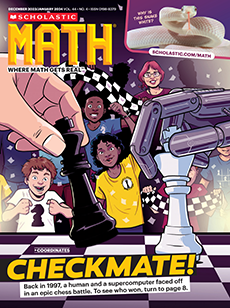To solve the problems in this lesson, students will need to know how to convert percents to decimals. Create a matching game where students match percentages with their decimal equivalents. You can create a digital version or use sticky notes/note cards for your values. Afterward, discuss how to add, subtract, and multiply decimals. Use the decimals from the game to practice a few examples as a class.
CCSS: 7.RP.A.3, MP6, MP7, MP8
TEKS: 7.4.D
